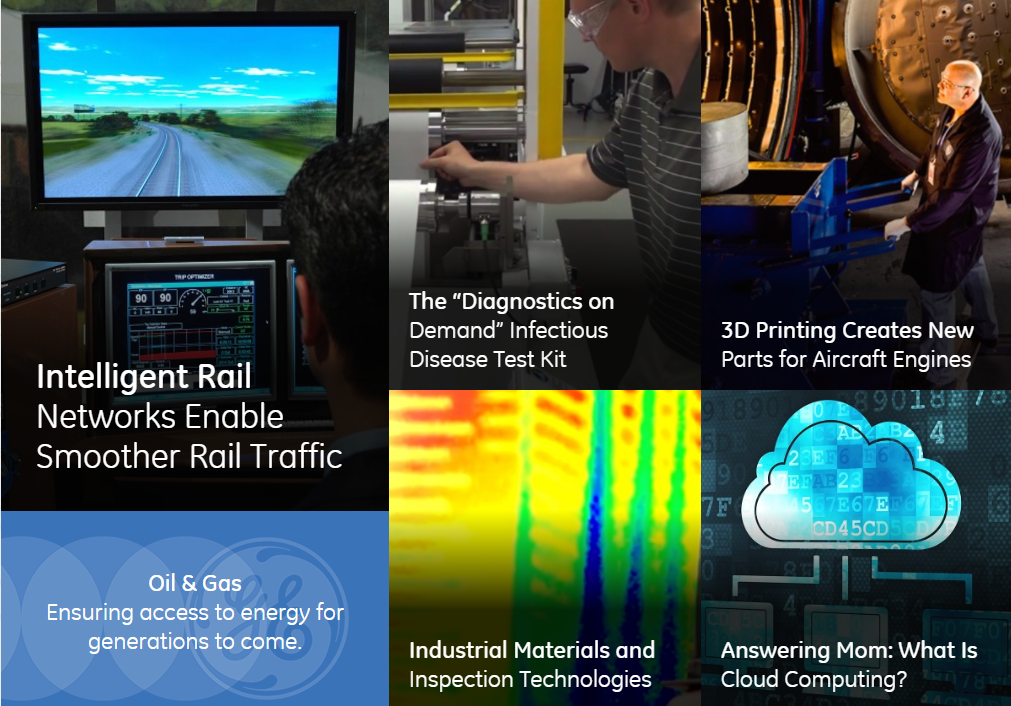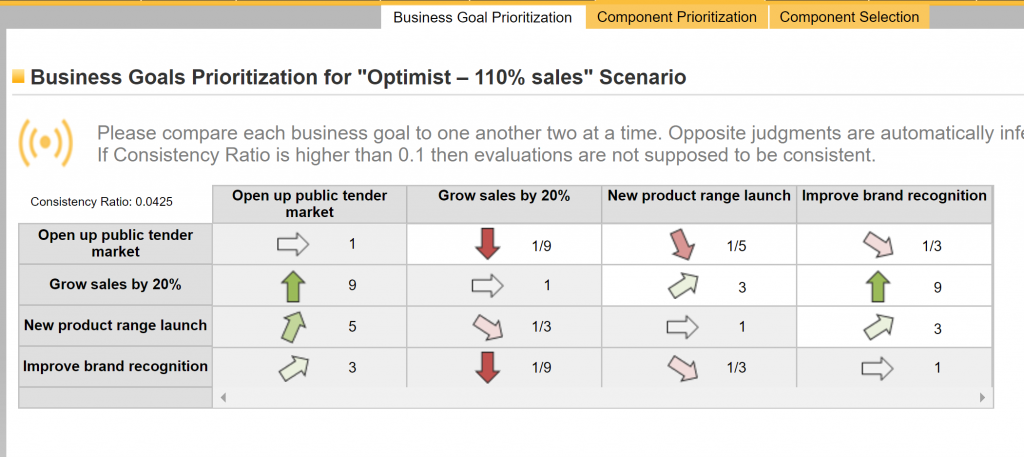 Most studies conclude: attempts to produce change in companies often lead to failure. According to a study conducted in 2013 by The Katzenbach Center, Price Waterhouse Coopers states that the success of change initiatives are only achieved in 54% of cases.
Most studies conclude: attempts to produce change in companies often lead to failure. According to a study conducted in 2013 by The Katzenbach Center, Price Waterhouse Coopers states that the success of change initiatives are only achieved in 54% of cases.
The mistakes in these attempts to manage change not only involves an economic and personal expense that does not produce any kind of benefit, but that set the precedent of a failed change. This creates a negative predisposition amongst the employees to adopt changes in the future.
Learn how to tackle project change with this e-book on PMO transformation.
However, change should be the backbone of business activity, as it is the only way to give effective responses to an increasingly volatile and unpredictable business world. Therefore, it should not be something that leaders decide to implement at a given moment when there is a crisis of their business model: it should be an attitude of constant improvement that is applied at all times in the development of the company.
However, change management policies continue to face difficulties when implementing them. Below are 5 reasons that may justify this failure.
1. Lack of anticipation of needs
One of the main characteristics that any leader should have is the ability to anticipate problems. The ideal problem is the one that you never have to solve and this is obtained by anticipating its appearance. Therefore, the change must anticipate the real needs. Market studies and socio-economic forecasts should guide the changes adopted by the company in order to adapt to the needs of customers even before they present them.
One way to perceive the needs of clients and employees early is to establish effective channels of communication. If these do not exist, the management of the company will only be aware of the real problems that arise in the daily work when the problem becomes too great. Establishing appropriate communication channels will allow customers and employees to express needs at the time they are presented, when the problem is still incipient, not when the problem has already manifested itself.
2. The strategy of change is not clear or does not occur at the appropriate speed
In order for the change to take place efficiently, it is necessary for the employees to perceive a purpose and a plan of action. If they do not exist or are not clearly explained, employees are likely to be reluctant to change, since they do not understand what meaning they have and are not aware of an appropriate action strategy.
Likewise, if one tries to adopt attitudes of change too quickly, these initiatives are most likely to fail, since employees will not be able to assimilate them properly. Therefore, the change must be fast enough to meet market needs, but slow enough to be efficiently enforced by employees.
3. Lack of alignment between the situation before the change, the actions undertaken and the needs of the market
When planning to introduce changes, it is advisable for leaders to gather all possible data on the state of the business and the market. This will allow the situation of the company to be understood before the application of change, to locate the most susceptible aspects of improvement and to plan the actions that will be undertaken in this respect. On the other hand, obtaining information must be carried out continuously throughout the change process, in order to detect the possible occurrence of risks and to plan the attitude to be taken before they arise.
In addition, it is important to consider that there are aspects of the company that are not included in the numbers. Some examples are employee satisfaction or degree of motivation. To be able to know this information, it is appropriate to promote a close communication between the leaders of the company and the employees to guarantee that enough confidence is generated to express the appearance of problems in the day to day activities.
A correct alignment between the situation of the company, the changes that are going to be introduced, the employees and the needs of the market will increase the chances of success of the change process.
4. Effective change is not led from above, but involves all
A change imposed from the top of the company is unlikely to be effective in the long run. For its establishment, it must be accepted and adopted by each of the employees.
For this reason, the greatest possible involvement of all leaders at all levels of the company, not just managers, is desirable.
In this way, the change will not be perceived as alien, but will be considered as its own and this motivation will facilitate its success.
5. The generation of a company culture guarantees continuity
Adopting a change-friendly business culture will make it easier for change to stay in place over time and for the company to be dynamic, making it easier to adopt new changes in the future.
The company culture is its personality, so if it is open to changes will facilitate that these are adopted in a consistent, simple and with guarantees of success.

 The fifth area of knowledge of PMI's PMBOK refers to all activities and processes related to responsibilities, policies and quality objectives. Quality is a key pillar in project management.
The fifth area of knowledge of PMI's PMBOK refers to all activities and processes related to responsibilities, policies and quality objectives. Quality is a key pillar in project management.



 Financial services are an infallible measure of your time
Financial services are an infallible measure of your time Why make status reports?
Why make status reports?